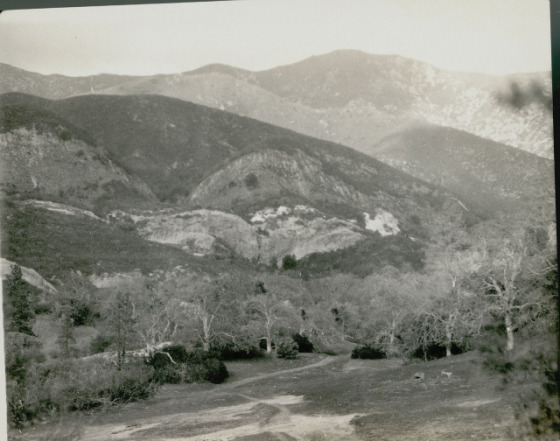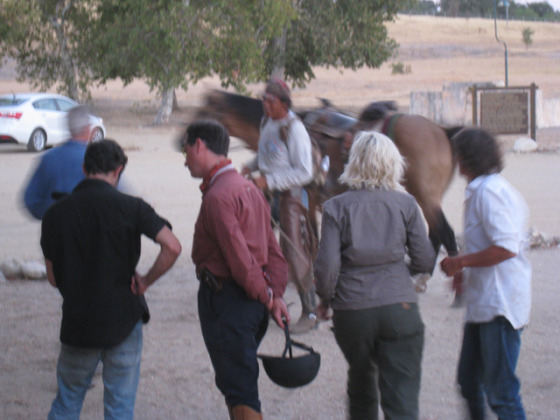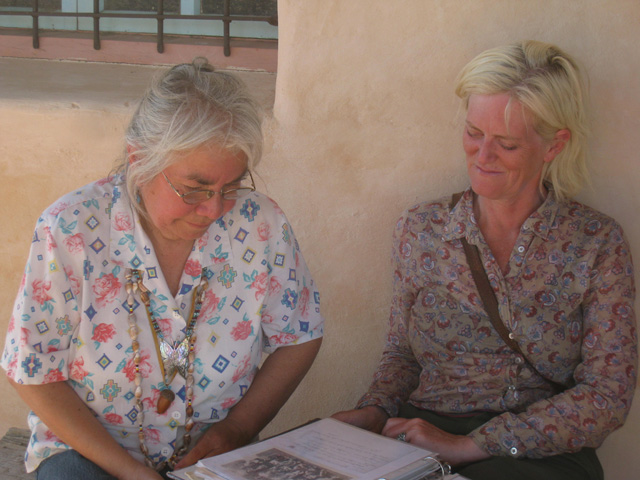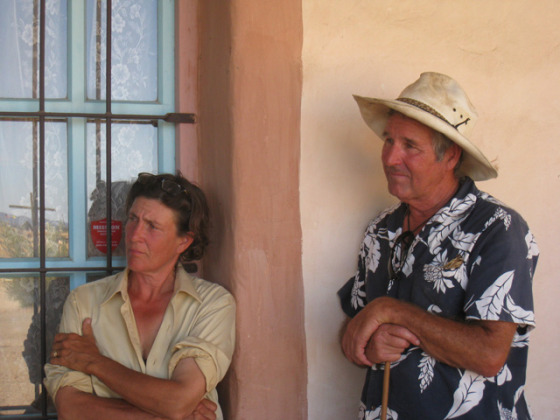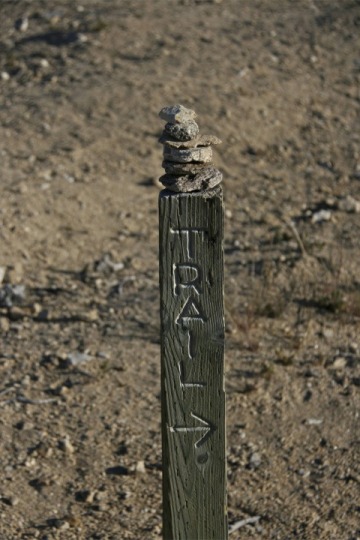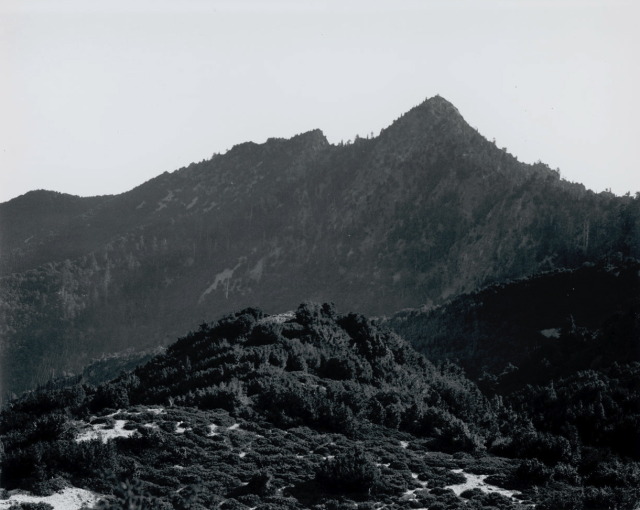"The Acorn Maidens"
 Sunday, October 14, 2012 at 7:04PM
Sunday, October 14, 2012 at 7:04PM 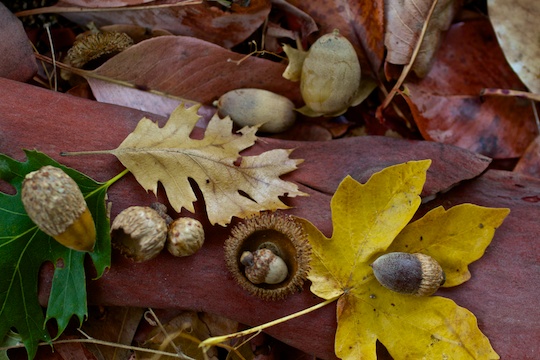
"Once, acorns were Ikxareyavs (Spirit-people). They were told, 'You will soon have to leave the Spirit World. You are going to go. You must all have nice hats to wear. You will have to wear them.' So they started to weave good-looking hats. Then all at once they were told, 'You will have to go now! Human is being raised. Go quickly!'
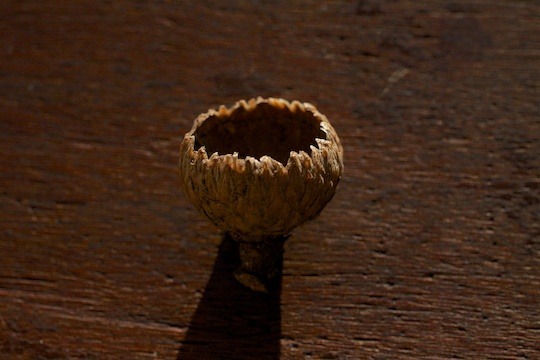
"Black Oak Acorn did not have time to finish her hat, so she picked up her big bowl basket.
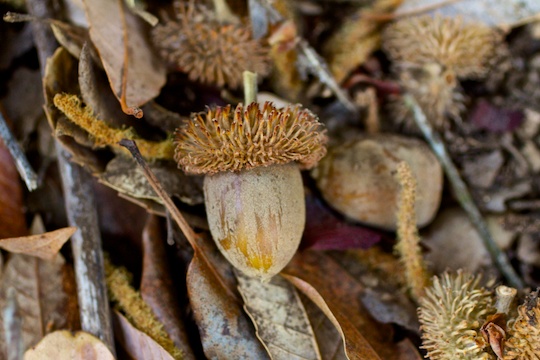
"Tan Oak (tanbark) Acorn did not have time to clean her hat and make it smooth.
"But Post (valley) Oak Acorn and Maul (Canyon) Acorn finished their hats out perfectly, and even had time to clean them. Tan Oak Acorn noticed this, and said: 'Though my hat is not cleaned, would that I be the best acorn soup.'
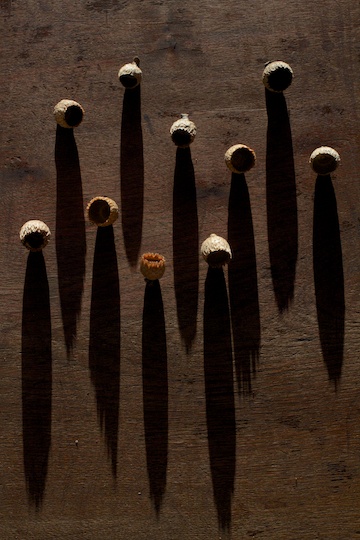
"Then they went. They spilled (from the Heavens) into Human's place. 'Humans will spoon us up,' they said. They were Ikxareyavs, these Acorn Maidens. They were Heavenly Ikxareyavs. They shut their eyes and then they turned their faces into their hats when they came to this earth. That is the way the Acorns did.
"Tan Oak Acorn wished bad luck toward Post Oak Acorn and Maul Oak Acorn, because they had nice hats. She was jealous of them. Nobody likes to eat Post Oak Acorn. And, Maul Oak Acorn does not taste good either. They do not taste good, and their soups are black. And Maul Oak Acorn is hard to pound.
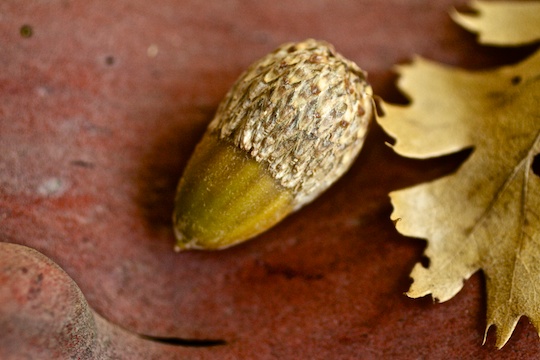
"They were all painted when they first spilled down. Black Oak Acorn was striped, and when one picks it up on the ground it is still striped, even nowadays. She was striped all over, that girl was. But Tan Oak Acorn did not paint herself much, because she was mad that her hat was not finished.
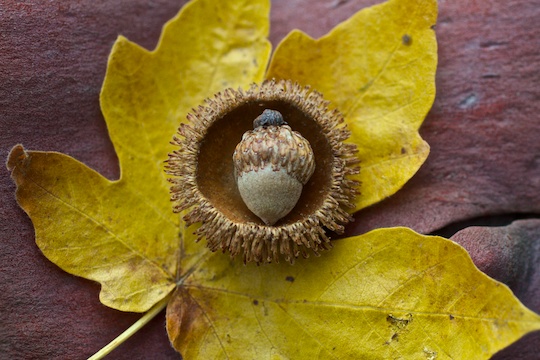
"When they spilled down, they turned their faces into their hats. And nowadays they still have their faces inside their hats."
____________________
"The Acorn Maidens" is a Karuk story recorded by John Peabody Harrington. It appears in Bureau of American Ethnography Bulletin No. 7, 1932 and has been reprinted in Oaks of California.
All photos by Debi.
 Acorns,
Acorns,  John Peabody Harrington,
John Peabody Harrington,  Oaks
Oaks 
